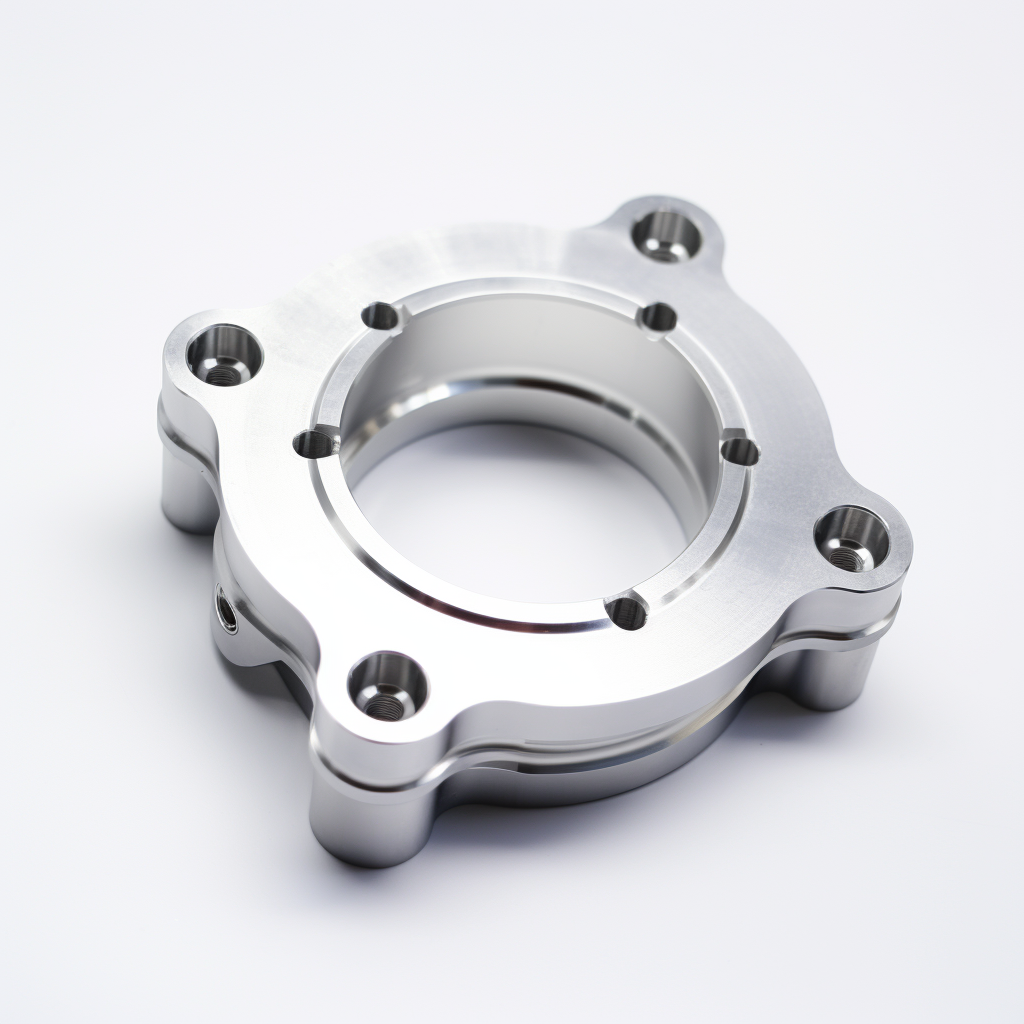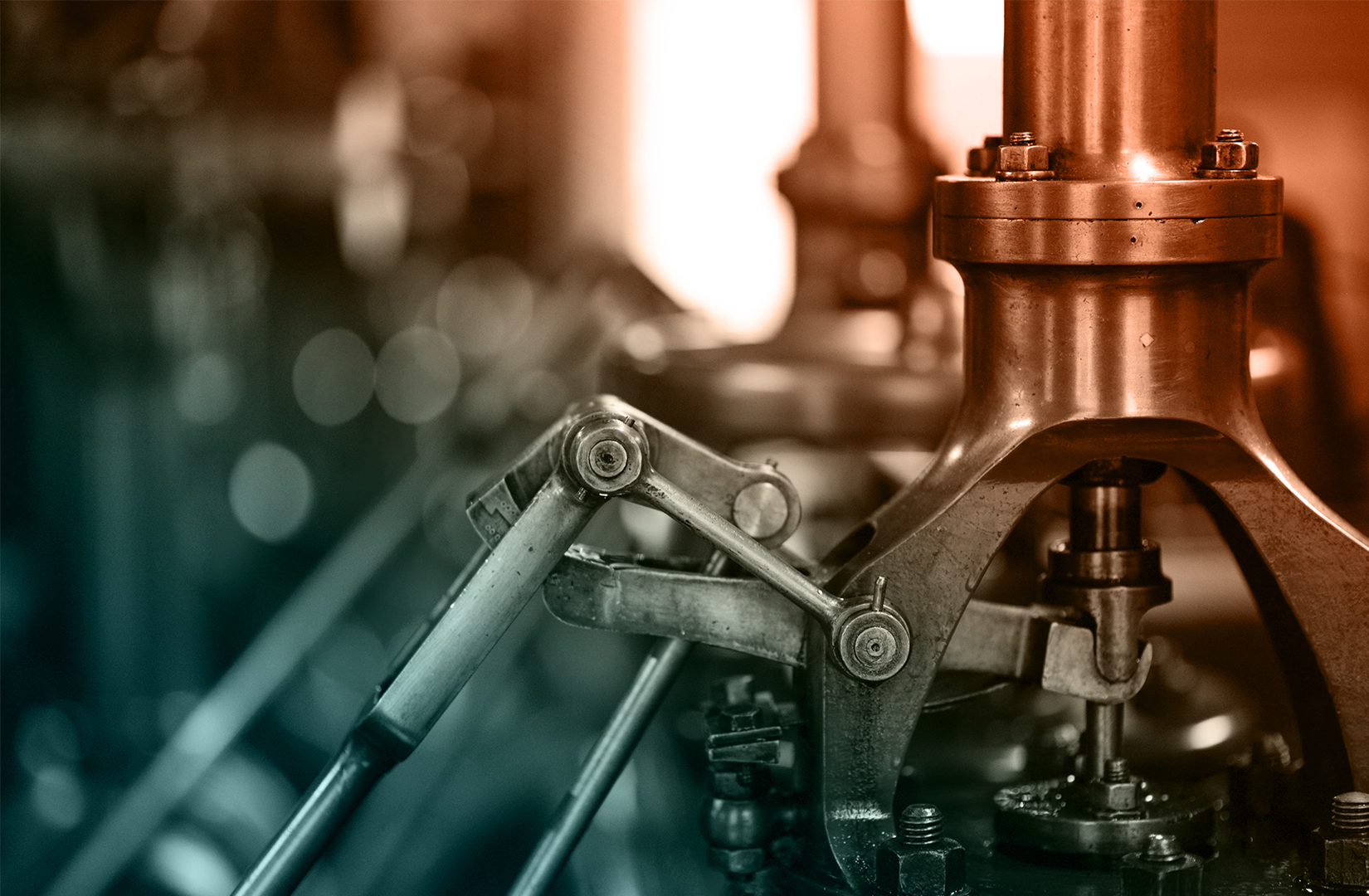
Iron Selection Guide
Iron is one of the most abundant and versatile elements on Earth, and it has played a pivotal role in human civilization for thousands of years. It is valued for its strength, malleability, and magnetic properties. In this web page, we will explore the different types of iron, its numerous advantages and disadvantages, and the diverse industrial uses where iron plays a crucial role.
Iron rapid manufacturing, & machined parts are available now!
Check with one of Canyon’s helpful product engineers for an expert material and manufacturing recommendation.
Common names include: Wrought Iron, Cast Iron, Pig Iron, Gray Iron, Ductile Iron, White Iron, Malleable Iron.

Advantages
- Strength: Iron is renowned for its high tensile strength, making it suitable for load-bearing structures and machinery.
- Malleability: Iron can be easily shaped and forged into various forms and structures.
- Magnetism: Iron is inherently magnetic and is used in a wide range of electrical and electronic devices.
- Abundance: Iron is one of the most abundant elements on Earth, ensuring a readily available and cost-effective material.
- Recyclability: Iron is highly recyclable, and recycled iron retains its properties, contributing to sustainability efforts.
- Versatility: Iron can be alloyed with other elements to create a wide range of materials with different properties and applications.
Disadvantages
- Corrosion: Iron is susceptible to corrosion when exposed to moisture and oxygen, leading to rust formation. Protective coatings or alloys are often used to mitigate corrosion.
- Brittleness: Some forms of iron, such as cast iron, can be brittle and prone to cracking under certain conditions.
- Weight: Iron is dense and heavy, which can be a drawback in weight-sensitive applications.
Common Applications of Iron
- Construction: Iron is used in construction for structural beams, columns, and reinforcing bars due to its strength and durability.
- Automotive: Iron is used in automotive components like engine blocks, suspension parts, and brake rotors.
- Machinery: Iron is used in machinery manufacturing for gears, bearings, and other components.
- Transportation: Iron is used in the construction of railways, bridges, and ships.
- Electrical and Electronics: Iron is used in transformers, motors, and other electrical equipment.
- Household Appliances: Iron is used in the production of household appliances such as stoves, refrigerators, and washing machines.
- Infrastructure: Iron is used in the construction of infrastructure projects like bridges, highways, and pipelines.
- Cookware: Cast iron cookware is valued for its heat retention and even heating properties.
- Decorative Elements: Wrought iron is used for decorative gates, railings, and architectural details.
Please consult a Canyon Components Engineer about your specific application and we will use our decades of experience to formulate a solution that fits your need.
Types of Iron
Iron can come in different variations, depending on its composition and intended use. Some common types of Iron include the following.
Canyon Components strives to meet all customer service requests. Feel free to contact Canyon Components engineering and let our knowledgeable staff help you design the perfect part for your needs.
Wrought Iron
Known for its high purity, wrought iron contains very little carbon, making it tough, malleable, and corrosion-resistant. It's traditionally used in ornamental ironwork, such as gates, railings, and decorative items, valued for its ductility and ease of welding.
Cast Iron
Characterized by its high carbon content, cast iron is hard and brittle. Available in various forms like gray, white, and ductile cast iron, it's used in cookware, pipes, automotive components, and machinery due to its excellent casting properties and durability.
Pig Iron
This is the basic raw form of iron produced from iron ore in a blast furnace. Containing high levels of carbon and impurities, pig iron is a key ingredient in steelmaking and foundry industries. It's not used in its raw form for end products.
Gray Iron
Noted for its gray color due to graphite flakes, gray iron has good compressive strength and excellent machinability. It's used in engine blocks, machine bases, and cookware, where its damping properties and heat conductivity are advantageous.
Ductile Iron (Nodular Iron)
Ductile iron is enhanced with small amounts of magnesium or cerium to form graphite nodules, resulting in increased flexibility and tensile strength. It's used in applications requiring more strength and shock absorption, like water and sewer pipes, automotive parts, and heavy-duty gears.
White Iron
With a lower silicon content and a carbon structure in the form of cementite, white iron is hard and brittle. It's primarily used in wear-resistant applications where its hardness is a key property, such as lining for mills, crushers, and grinding equipment.
Please consult a Canyon Components Engineer about your specific application and we will use our decades of experience to formulate a solution that fits your need.
Manufacturing Options for Iron
Iron parts can be manufactured using several methods, each suitable for different applications and part complexities.
Each of these methods has its own advantages, limitations, and cost implications. The choice of manufacturing technique usually depends on factors like the complexity of the design, required precision, material properties, and production volume.
Canyon Components strives to meet all customer service requests. Feel free to contact Canyon Components engineering and let our knowledgeable staff help you design the perfect part for your needs.
Back to Metals Hub

Get A Quote Now!

Groove Design References
Learn More
Coatings, Packaging, & Other Services
Learn More
Custom Parts & Custom O-rings
Learn More
